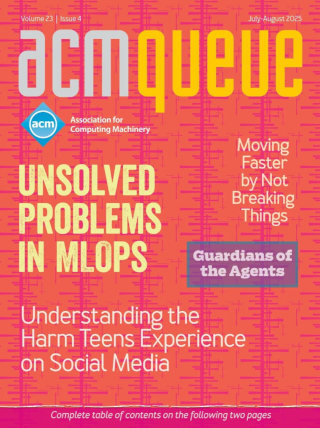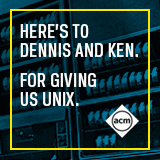
Elevating Security with Arm CCA:
Attestation and verification are integral to adopting confidential computing.
Confidential computing has great potential to improve the security of general-purpose computing platforms by taking supervisory systems out of the TCB, thereby reducing the size of the TCB, the attack surface, and the attack vectors that security architects must consider. Confidential computing requires innovations in platform hardware and software, but these have the potential to enable greater trust in computing, especially on devices that are owned or controlled by third parties. Early consumers of confidential computing will need to make their own decisions about the platforms they choose to trust. As confidential computing becomes mainstream, however, it's possible that certifiers and regulators will share this burden, enabling customers to make informed choices without having to undertake their own evaluations.
Make Two Trips:
Larry David's New Year's resolution works for IT too.
Whether your project is as simple as carrying groceries into the house or as complex as a multiyear engineering project, "make two trips" can simplify the project, reduce the chance of error, improve the probability of success, and lead to easier explanations.
Confidential Container Groups:
Implementing confidential computing on Azure container instances
The experiments presented here demonstrate that Parma, the architecture that drives confidential containers on Azure container instances, adds less than one percent additional performance overhead beyond that added by the underlying TEE. Importantly, Parma ensures a security invariant over all reachable states of the container group rooted in the attestation report. This allows external third parties to communicate securely with containers, enabling a wide range of containerized workflows that require confidential access to secure data. Companies obtain the advantages of running their most confidential workflows in the cloud without having to compromise on their security requirements. Tenants gain flexibility, efficiency, and reliability; CSPs get more business; and users can trust that their data is private, confidential, and secure.
Structuring Success:
The problem with software structure is people don't really learn it until they really need it.
The problem with software structure is people don't really learn it until they really need it, and your homework assignments will have to force them to look closely at how they are solving problems, not only through algorithms but through structure.
Confidential Computing or Cryptographic Computing?:
Tradeoffs between cryptography and hardware enclaves
Secure computation via MPC/homomorphic encryption versus hardware enclaves presents tradeoffs involving deployment, security, and performance. Regarding performance, it matters a lot which workload you have in mind. For simple workloads such as simple summations, low-degree polynomials, or simple machine-learning tasks, both approaches can be ready to use in practice, but for rich computations such as complex SQL analytics or training large machine-learning models, only the hardware enclave approach is at this moment practical enough for many real-world deployment scenarios.
Zero Tolerance for Bias
From gambling to military conscription, randomization makes crucial real-world decisions. With blood and treasure at stake, fairness is not negotiable. Unfortunately, bad advice and biased methods abound. We'll learn how to navigate around misinformation, develop sound methods, and compile checklists for design and code reviews.
Trustworthy AI using Confidential Federated Learning:
Federated learning and confidential computing are not competing technologies.
The principles of security, privacy, accountability, transparency, and fairness are the cornerstones of modern AI regulations. Classic FL was designed with a strong emphasis on security and privacy, at the cost of transparency and accountability. CFL addresses this gap with a careful combination of FL with TEEs and commitments. In addition, CFL brings other desirable security properties, such as code-based access control, model confidentiality, and protection of models during inference. Recent advances in confidential computing such as confidential containers and confidential GPUs mean that existing FL frameworks can be extended seamlessly to support CFL with low overheads. For these reasons, CFL is likely to become the default mode for deploying FL workloads.



